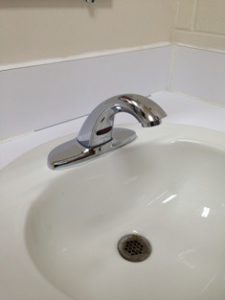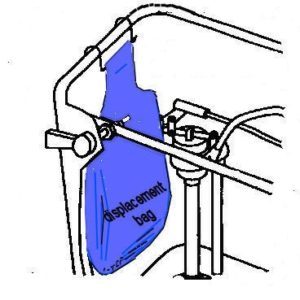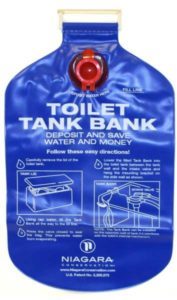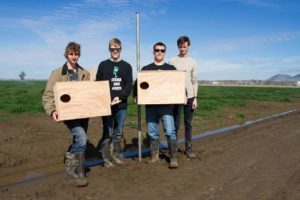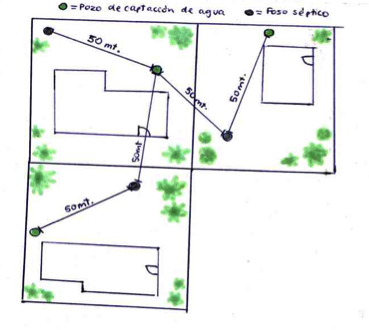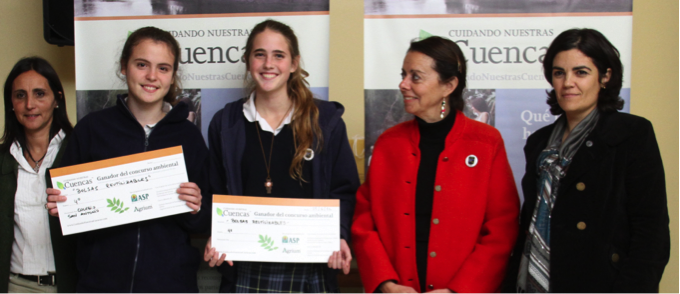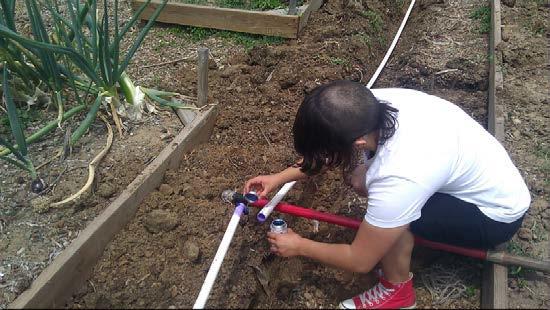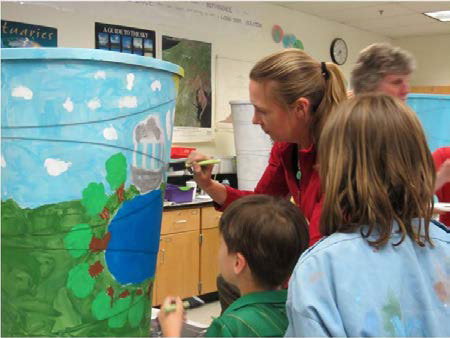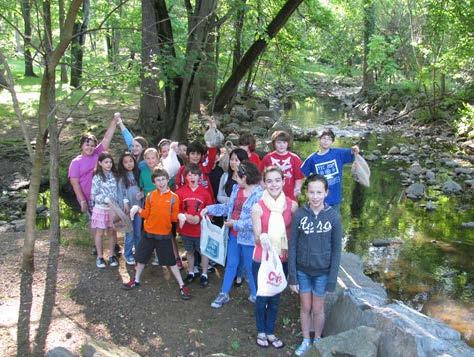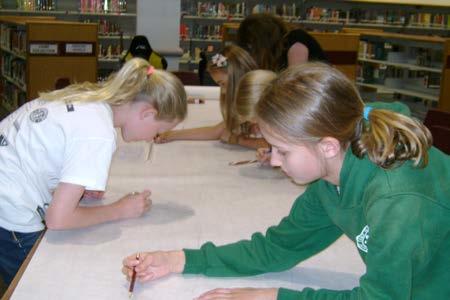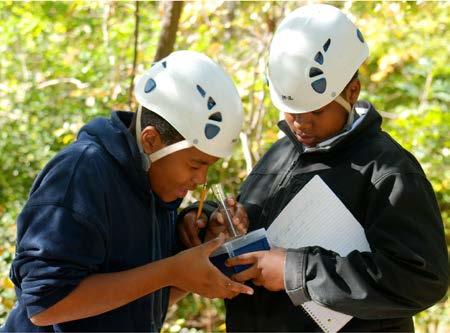2013 Centreville, Virginia, USA
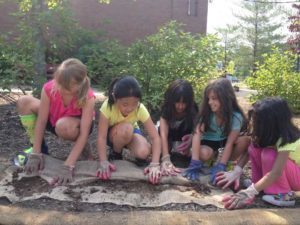
In the spring of 2013, a team of 15 sixth‐grade students at Centreville Elementary School took a close look at the playground area at the back of the school. Observing during a rainstorm, they noted soil, trash, and mulch washing into the storm drains that lead to Little Rocky Run. Working through the Caring for Our Watersheds Student Workbook, and relying on information from the Northern Virginia Soil and Water Conservation District, they came up with a plan to build three strategically placed rain gardens and to keep the school community 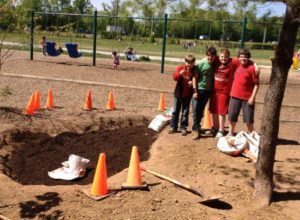 informed about why rain gardens matter.
informed about why rain gardens matter.
Third place finishers in the 2013 Caring for Our Watersheds competition, the Centreville students built their rain gardens, edging them with handmade “bio‐logs” seeded with two grass and two wildflower species. They communicated their project on the school news, a presentation, and signage at the rain garden areas.
To cover costs of the project, they were able to leverage a $1,200 Fairfax County Public Schools Schoolyard Stewardship Mini‐Grant and received $630 in implementation funding from Nutrien
